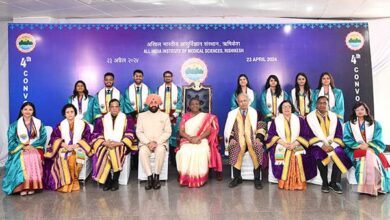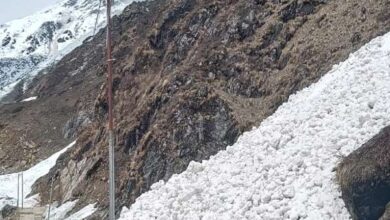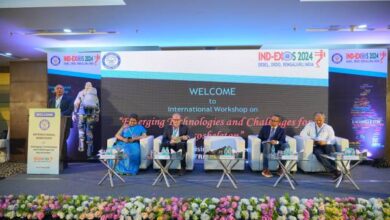Out of 15 hottest cities on Earth, 10 are in India

This time heat broke all records in the country. 10 cities in the 15 hottest cities of the world were from India. Monsoons are also running late for 15 days. Only 20 percent of the water is left in 91 big reservoirs. There is a huge shortage of drinking water in Chennai. Hotels have been advised to use less water. Marine life is dying in Coimbatore. The lack of water in the country could be linked to increasing temperature.
According to the report of the Ministry of Statistics and Program Implementation, the average temperature of the country has increased by 2.06 degree celsius from 1901 to 2018. In 1901, the average temperature of the country was 24.23 degree Celsius, which increased to 26.29 degree Celsius by 2018. Continuous cutting of trees, removing sand from the rivers, making buildings, pollution etc. are heating the atmosphere.
No ground water in Metro cities by 2020
At the same time, the recently released Composite Water Index Report of the Policy Commission has warned that groundwater is also getting reduced due to the increase in heat and excessive exploitation. If so, the groundwater will be eliminated from 21 major cities of the country including Delhi, Bangalore and Hyderabad by next year. With this, about 100 million people will have huge water supply crisis. The Policy Commission has advised immediate steps to take water conservation steps in these cities.
60 million people have a huge shortage of water across the country
According to the report of the Commission, 40 percent of the ground water present in the country is used every year. In spite of this, 60 crore people in the country have to face severe shortage of water. However, due to lack of clean water, almost 2 lakh people die every year in the country. If the groundwater was misused, 40 percent of the country’s population would not get drinking water by 2030.
Between 2002 and 2016 groundwater in the country decreased by 10 to 25 mm every year
The level of ground water in the country has decreased between 2002 and 2016 by 10 to 25 mm each year. In Kharif season the average rainfall decreased from 1050 mm to 1000 mm. Whereas, in Rabi season, it has reduced from 150 mm to 100 mm. The number of dry days (without a monsoon) has increased from 40 percent to 45 percent.







